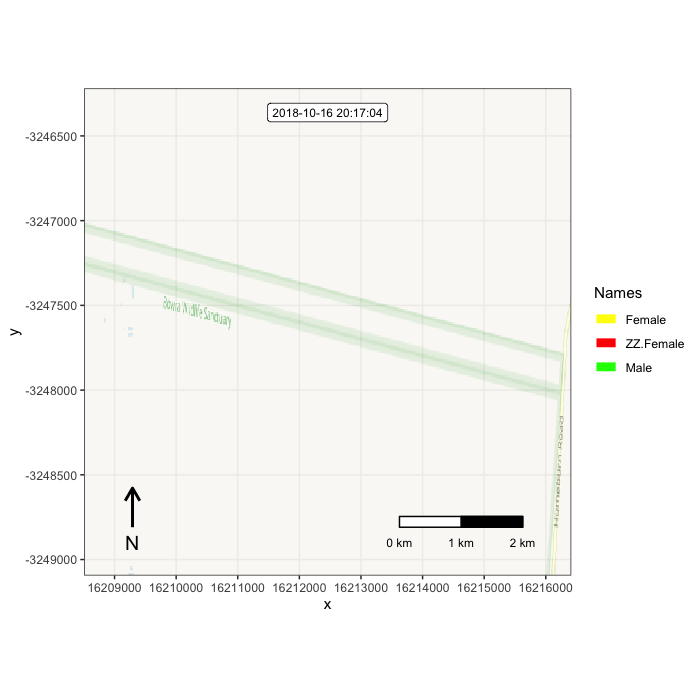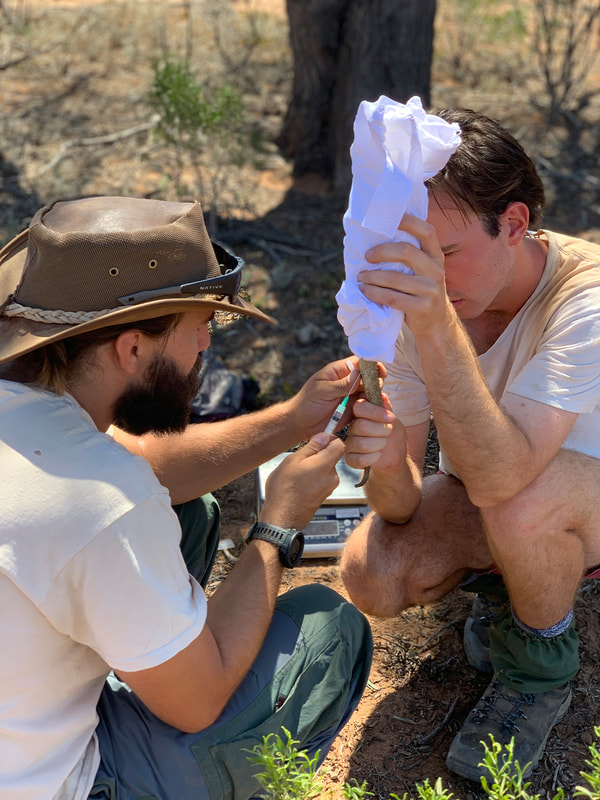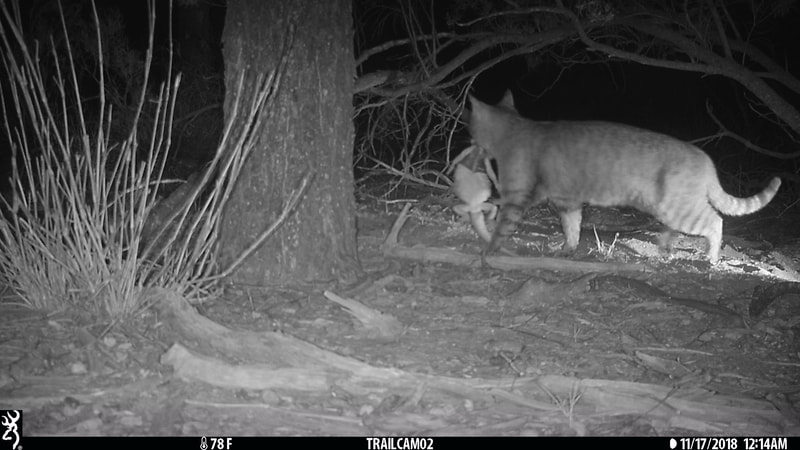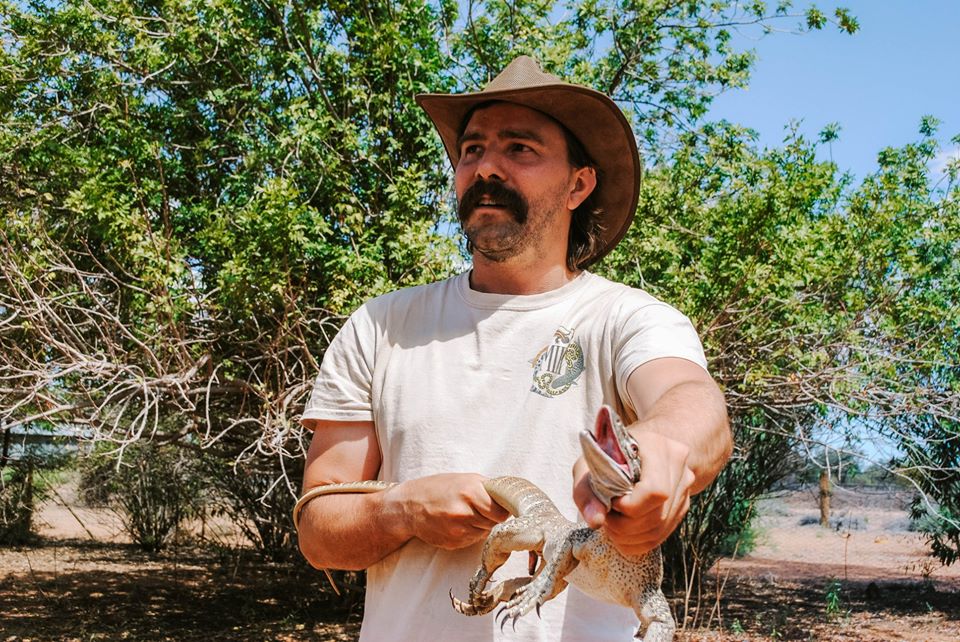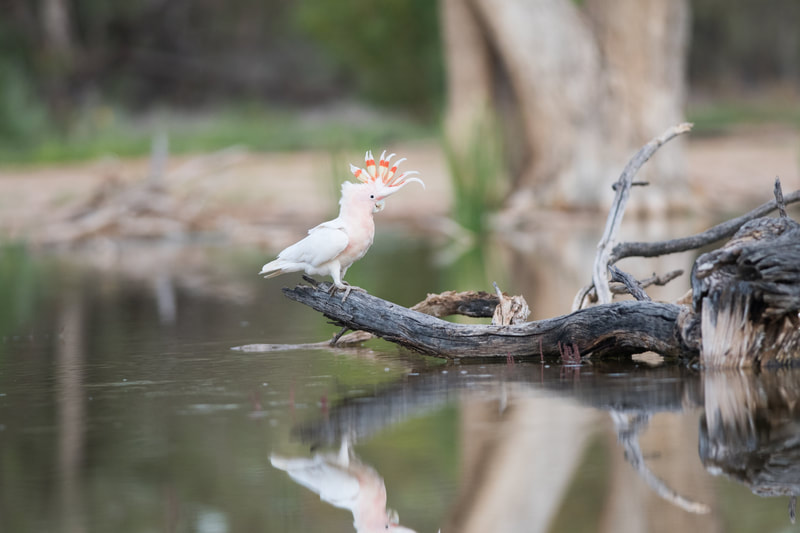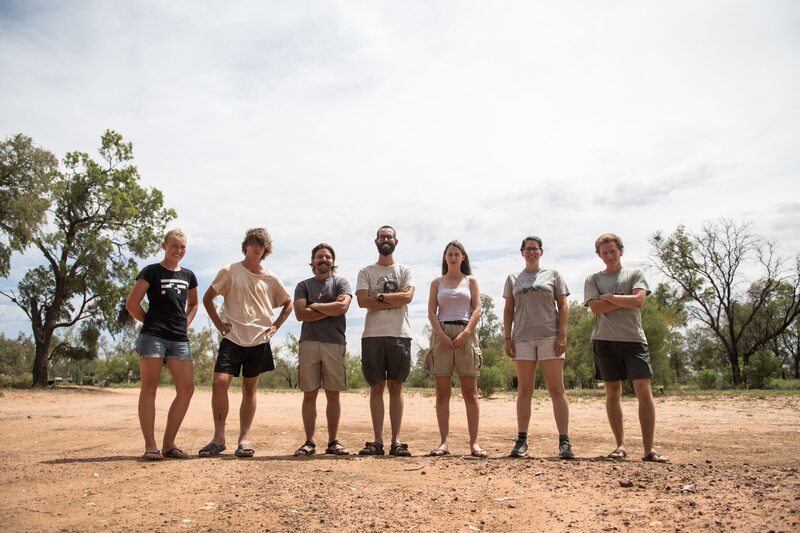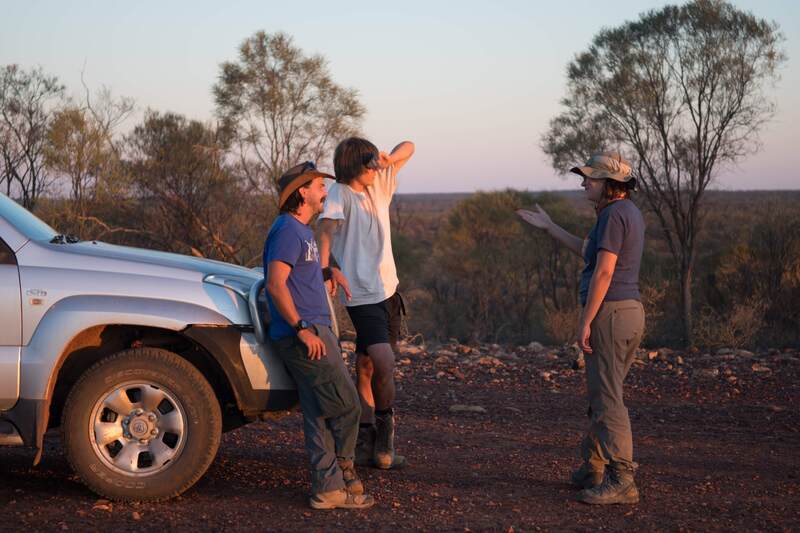Understanding the Ecological Causes and Consequences of Sex Reversal
|
March 2018 I started my Ph.D. at the University of Canberra. I’m working in the Institute for Applied Ecology with Dr. Stephen Sarre and Dr. Arthur Georges. My research complemented work already conducted in lab settings. In laboratory studies sex reversed females have shown to have more offspring, bolder behaviours, and higher activity patterns than normal males or normal females. In 2015, sex reversal was first documented in Central Bearded Dragons in Southwest Queensland. This was the first work to investigate their behaviour or physiology in comparison to normal male or females in the wild.
My overall goal was to determine the frequency of sex reversal within a population, understand if specific behaviours drive the success of of these individuals, and determine population structure. I focused on comparing how spatial ecology, thermoregulation, dispersal, and energetics varies among sex reversed females, females, and males. |
MovementUnderstanding how an organism uses and traverses it's environment can provide valuable information on what factors drive individual movement. I'm interested in integrating accelerometers and radio-telemetry to investigate how behaviours and movement patterns vary across sex and season.
1. Use radio telemetry to understand what drives variation in movement patterns among individuals 2. Use accelerometers to compare activity patterns and specific behavioural patterns 3. Understand how vital rates are affected by an individual’s activity and movement |
EnergeticsFor many reptiles, energy use is the major driver for underlying patterns of growth and reproduction. This part of my project I'm interested in using a two aspects of their energetics and test if they very across sex.
1. Understand how animals behaviourally thermoregulate through the landscape by comparing how body temperatures (Tb) deviate from environmental temperatures (Te) 2. Use doubly labelled water to understand how field metabolic rates and water turnover vary between active and inactive bouts 3. Use these data to validate the use of accelerometers as proxies for energetics |

